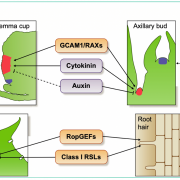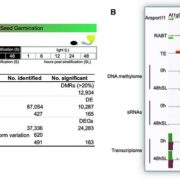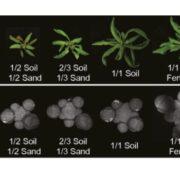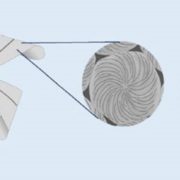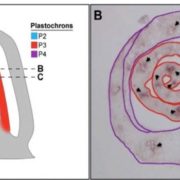Review: The molecular control of tendril development in angiosperms (New Phytol.)
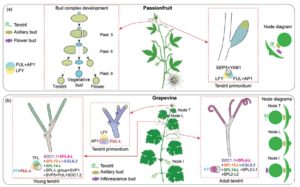 There are obvious advantages to being a climbing plant; for example, climbing is a low-cost way to avoid being shaded by your neighbors. Tendrils, which evolved independently several times, are one climbing strategy (others include twining stems and sticky adventitious roots). Sousa-Baena et al. review the development of tendrils in several plant families. Although tendrils can originate from diverse tissues including leaflets, stems and possibly reproductive structures, they share the trait of “helical growth during contact-induced coiling” which results from asymmetric contraction. However, the gene networks underlying tendril development are not generally shared, reinforcing the idea that these are convergent structures. As yet, the cytoskeletal components that may contribute to tendril coiling and further reveal its molecular basis have not been characterized in most tendril-producing families. (Summary by Mary Williams) New Phytol. 10.1111/nph.15073
There are obvious advantages to being a climbing plant; for example, climbing is a low-cost way to avoid being shaded by your neighbors. Tendrils, which evolved independently several times, are one climbing strategy (others include twining stems and sticky adventitious roots). Sousa-Baena et al. review the development of tendrils in several plant families. Although tendrils can originate from diverse tissues including leaflets, stems and possibly reproductive structures, they share the trait of “helical growth during contact-induced coiling” which results from asymmetric contraction. However, the gene networks underlying tendril development are not generally shared, reinforcing the idea that these are convergent structures. As yet, the cytoskeletal components that may contribute to tendril coiling and further reveal its molecular basis have not been characterized in most tendril-producing families. (Summary by Mary Williams) New Phytol. 10.1111/nph.15073


